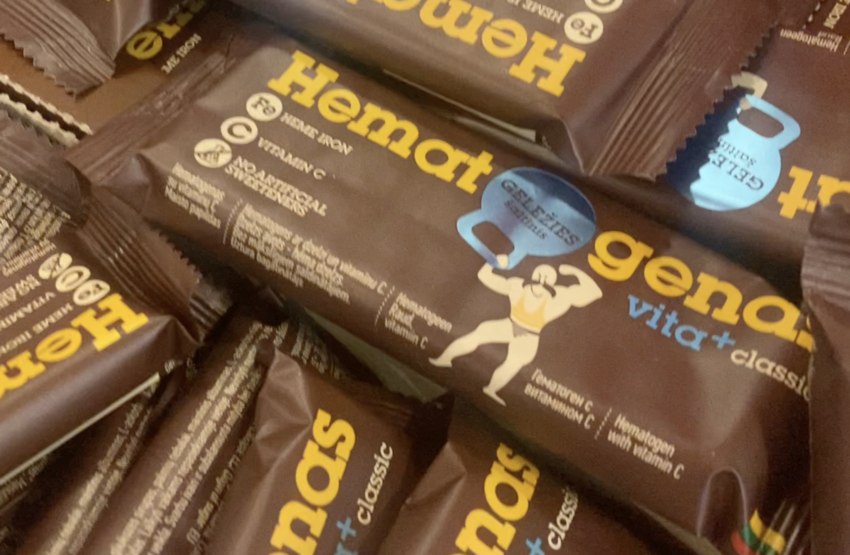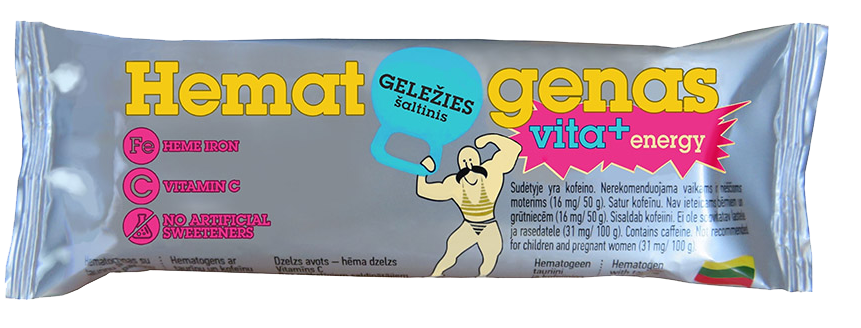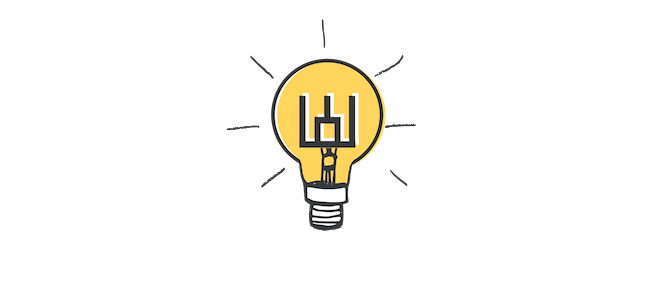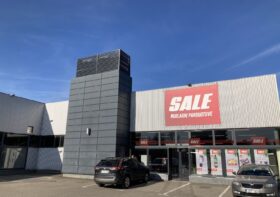Bloody Candy Bar: Hematogenas

A few years ago, when I was still new to Lithuania, my friend living in Vilnius said that I just had to try something called Hematogenas… and that it was made from… blood. Fascinated and trusting of my friend, I let her buy a bar from a nearby pharmacy (although these bars are also available at most supermarkets!). I broke off a small piece and gave it a try…and… it wasn’t too bad. However, knowing that it contained blood, I could definitely pick up that iron-y taste behind all the sugar!
If you haven’t tried it yet, hematogenas has the taste, texture and consistency of something between fudge and a brownie.
Not unique to Lithuania, but not found outside Europe?
I’s important to know that ‘hematogenas’ isn’t unique to Lithuania! Asking people all around the world to see if a sweet candy-bar-like iron supplement product existed for them growing up, it seemed like most were unfamiliar with such a thing. From Canada to France, Germany, Nigeria, Malaysia, and Egypt – those asked said that they were unaware of anything similar.
And so it seems to me that hematogenas, or Hematogen – or Gematogen (гематоге́н) is mainly a central and eastern European thing- and it’s something you’ll have to maybe experience for yourself when you come visit Lithuania!

Origins of hematogenas/hematogen
But now that we’ve established that this is a regional peculiarity – where did it come from? Well, the website of Mogemas – a producer of Hematogenas – says that it all started as a food supplement originating in Switzerland. In 1890, Dr. Hommel manufactured a mixture based on cow’s blood.

The website Atlas Obscura refers to it being a Soviet-era Russia thing, saying:
“In Soviet-era Russia, candy wasn’t made for pleasure; it was a functional food…[Gematogen] was developed to treat anemia, malnutrition, and fatigue. And it was fashioned from processed cow’s blood.”
Atlas Obscura
It goes on to say that generations of Russian children grew up eating hematogen:
“From the 1920s onward, kids picked up the sanguine sweet from drugstores. Sometimes, they had to ask their mothers to do their bidding, as certain pharmacists wouldn’t sell the supplement to anyone under the age of 13. Whether or not young fans knew what was inside the iron-rich snack remains uncertain.”
My sense from talking to Lithuanians about hematogenas is that it’s just something that people grew up with here. Lithuanian Wikipedia, citing an article that is no longer available, says that in the production of hematogen, only animal proteins made from the nutritional blood of pigs can be used and that this is to protect against possible infection with a disease found in cattle. However, this was quickly proven wrong, since the Mogemas website lists bovine alimentary albumin as one of the key ingredients (Bovine refers to a family of animals which includes the cow.) So, I guess it’s just another reminder not to take Wikipedia at face value!
Made by different companies/manufacturers
While one brand seems to dominate Lithuania (Mogemas), it’s good to know that multiple companies across the region make hematogenas/hematogen.
Interestingly, a 2021 Delfi article wrote about how “Mogemas” claimed unfair competition – since it wasn’t able to export any of its hematogen to Belarus, while Belarusian “state” hematogens were still being sold in Lithuania to compete with local products using visually similar packages.
Anyways – at the end of the day, for those that haven’t grown up with it, there may be a little more reluctance to bite right into these things. But at least for quite a few Lithuanians (such as those commenting on the YouTube video), they’re still being enjoyed!
What is your experience with hematogenas? Did you grow up with it and is it something you enjoyed and maybe still enjoy? And if you’re just learning about it, what do you think of it? Let us know by leaving a comment!
Sources: Mogemas, Atlas Obscura, Wikipedia (Lithuania), Delfi



